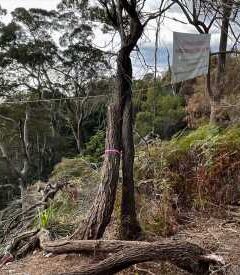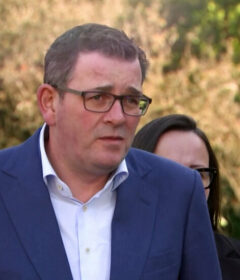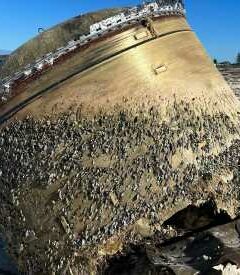Home » Australasia »
‘Unprecedented’ Floods in Australia Force Hundreds to Evacuate
MELBOURNE, Australia — After weeks of unrelenting heat and bushfires across the continent, torrential rain and flooding in northern Australia have forced hundreds of residents to evacuate their homes in what weather officials describe as an “unprecedented” event.
Since Jan. 26, there has been close to two feet of rain in Townsville, a coastal city in the state of Queensland, and up to twice that in surrounding areas, eclipsing records set in 1998 during a flood known as the “Night of Noah.”
“In seven days, we’ve received our annual total rainfall,” said Jenny Hill, the mayor of Townsville. “We’ve never seen weather like this.”
Ms. Hill said that about 18,000 residents had lost power and that hundreds of others had evacuated, including some who left their suburb on a garbage truck. Elsewhere, two police officers were stuck clinging to trees for half an hour after their car was washed away by floodwaters, while residents reported snakes and crocodiles roaming the streets.
“Cannot stress it enough stay out of the water,” one woman urged on Facebook.
The downpour pushed the nearby Ross River Dam to almost 250 percent of its capacity, forcing the floodgates open as officials instructed people to move to higher ground. Emergency crews, including about 1,500 members of the Australian military, helped rescue people and their pets with inflatable boats and treat others who were injured.
As of Monday, state schools in Townsville and the surrounding areas were closed. Officials also urged residents to save water after the flooding burst pipes and put pressure on local treatment plants.
“This continued heavy rain and flooding has damaged homes, isolated communities and displaced people from their homes,” Shannon Fentiman, the acting communities minister in Queensland, said in a statement.
The floods have been declared a “catastrophe” by the Insurance Council of Australia, while the government is giving each displaced resident up to 180 Australian dollars, or $130, to help cover the cost of food, medication and clothing.
Karl Sullivan, the general manager of risk at the insurance council, said that the high density of homes in “hazard areas” had increased the risk and cost of flooding.
“We’re building more things that are more expensive” in “risky places,” he said.
Mr. Sullivan said that thousands of properties were at risk and that the insurance council had already received about 2,500 claims in the Townsville area.
The floods follow weeks of unrelenting heat across Australia, which caused mass animal die-offs, raging bushfires, and prolonged and severe drought. The back-to-back events have stretched the capacity of Australia’s emergency services to respond, said Martin Rice, the acting chief executive of the Climate Council, an Australian research group.
He said that while it was difficult to attribute any one extreme weather event to climate change, warming air temperatures had increased the amount of water vapor in the atmosphere, “causing more frequent and intense rainfall in northern Australia.”
If greenhouse gas emissions continue unabated, Dr. Rice added, rainfall around the world is likely to become more intense, creating challenges for infrastructure, the environment and human health.
Follow Livia Albeck-Ripka on Twitter: @livia_ar.
Want more Australia coverage and discussion? Sign up for the weekly Australia Letter, start your day with your local Morning Briefing and join us in our Facebook group.
Source: Read Full Article



